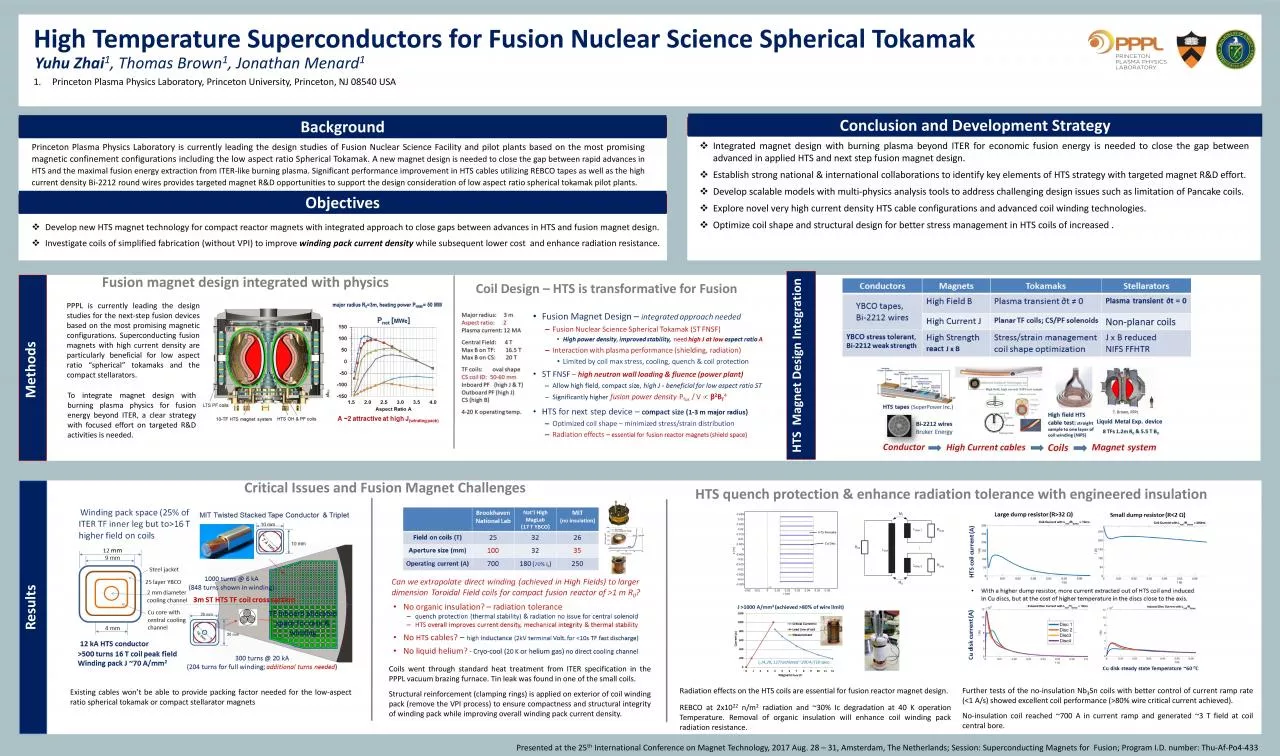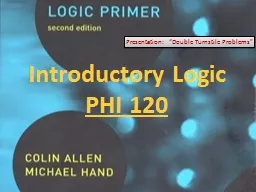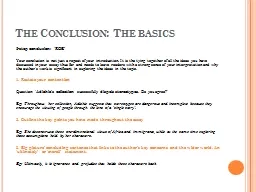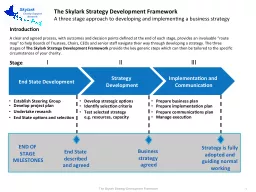PDF-Conclusion and Development Strategy
Author : joanne | Published Date : 2021-08-09
ResultsMethodsHTS Magnet Design IntegrationHigh Temperature Superconductors for Fusion Nuclear Science Spherical TokamakObjectivesBackgroundYuhu Zhai1 Thomas Brown1Jonathan
Presentation Embed Code
Download Presentation
Download Presentation The PPT/PDF document "Conclusion and Development Strategy" is the property of its rightful owner. Permission is granted to download and print the materials on this website for personal, non-commercial use only, and to display it on your personal computer provided you do not modify the materials and that you retain all copyright notices contained in the materials. By downloading content from our website, you accept the terms of this agreement.
Conclusion and Development Strategy: Transcript
Download Rules Of Document
"Conclusion and Development Strategy"The content belongs to its owner. You may download and print it for personal use, without modification, and keep all copyright notices. By downloading, you agree to these terms.
Related Documents














